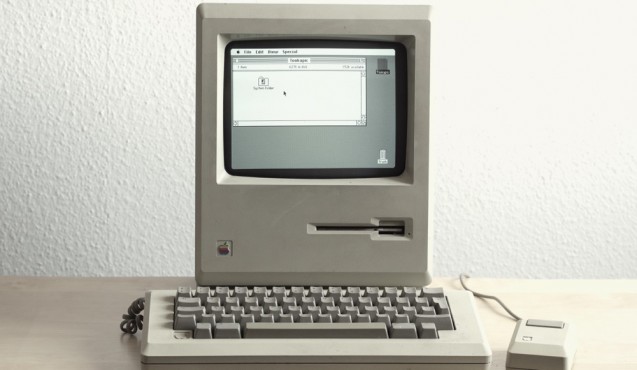It’s Quarter 4 — Time to Rethink Your Recruitment Technology Needs

This time of year is also “the biggest benchmark of a light industrial staffing agency’s success for a given year,” says David Dourgarian, CEO of staffing software company TempWorks.
According to Dourgarian, the combination of the holiday hiring season and the closing of the financial year gives a staffing agency a look at how well it has done over the course of the last year — and how well it will do next year.
“What these things are going to do is provide a barometer of how effective the staffing agency is going to be in doing the same thing the next year with volume that is going to be anywhere from 10-30 percent more,” Dourgarian says. “A well-run agency in a hot economy should grow by 10-30 percent per year without anyone having to ask too many questions.”
During this time of year, any weaknesses in a company’s current staffing and recruitment technology are going to be highlighted and exaggerated.
“It ends up being a time when a lot of agencies say, ‘Oh my gosh, I have to make it through this year, but I can’t make it through next year with the tools that I have,'” Dourgarian says.
This is why Dourgarian urges all staffing and recruiting agencies to take a long, hard look at their recruitment technologies during quarter four: The performance of these systems at this particular time of year will tell an agency a lot about how well — or poorly — the next year will go.
How Old Is Your Tech?
The specific tech red flags any given agency should look out for will depend on a lot of variables, but one potential issue that all companies should consider is the age of the technology they’re using.
“If you’re running something that’s two years old, and the service that comes with the product is okay, you’re probably alright,” Dourgarian explains. “If you’re running something that’s five years old, your competition who bought [new technology] last year might be doing a lot better at tracking key metrics, managing them, and using them to improve their performance. You’re not getting that advantage.”

Another problem with older technology is that it makes it more difficult for staffing and recruiting agencies to track and access key data points.
“The system should be able to tell you, for example, that it takes six days to fill a 100-employee order in Fridley, whereas south of Minneapolis, a 100-person order is getting filled in three days,” Dourgarian explains.
He continues: “It’s really, really valuable to have that information in front of you. The problem with having old tech is that it typically isn’t designed to take advantage of operational metrics like that.”
Glitchy payrolls and imperfect measurement tools are just two examples of how staffing and recruiting tech might start to fail during Q4, and Dourgarian warns that “There are a million other little problems that might pop up.”
The key is to be vigilant — to really scrutinize your tech and assess whether or not it’s going to get you through the next year successfully.
Don’t Forget to Train Your Staff on Using Your Technology
If an agency does decide to purchase new technology during or after quarter four, it should know that training staff members on how to use technology is just as important as buying the right software to begin with.
“Someone who gets a really good deal on software licenses but tries to squeeze even more blood out of a stone by not training recruiters on how to properly use the software isn’t going to see a return on investment,” Dourgarian says. “You have to make sure your people — your recruiters, your sales people, and your back office people … know how to get every last penny out of [the technology].”
Proper training can go a long way in helping agencies achieve great business results — even when their tech tools aren’t as good as they should be.

That being said — with so much great recruitment and staffing tech out there, there’s little reason for any agency to suffer through another year of poor tech systems. Q4 means it’s time to think about upgrading.

